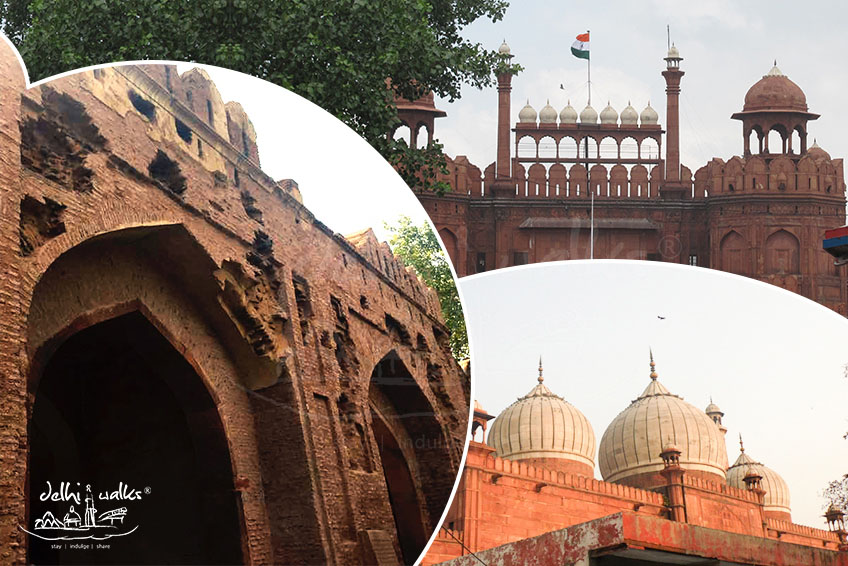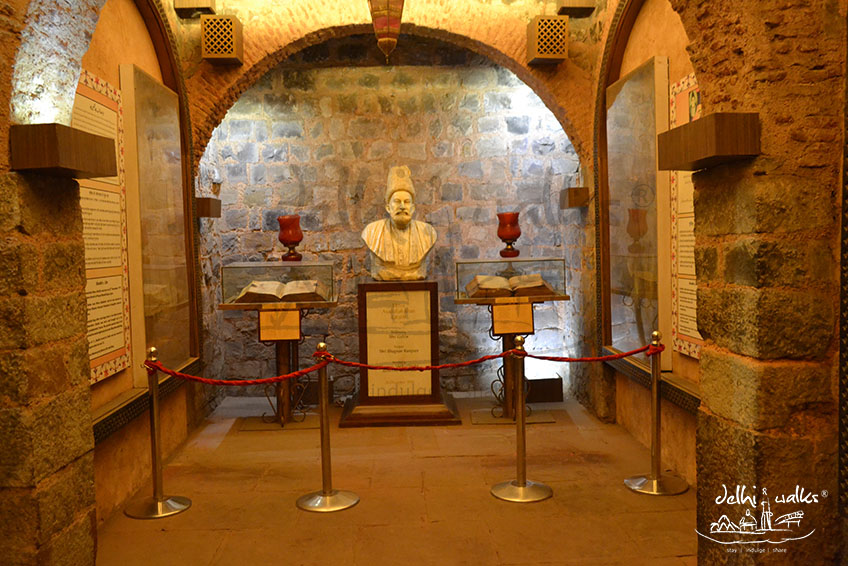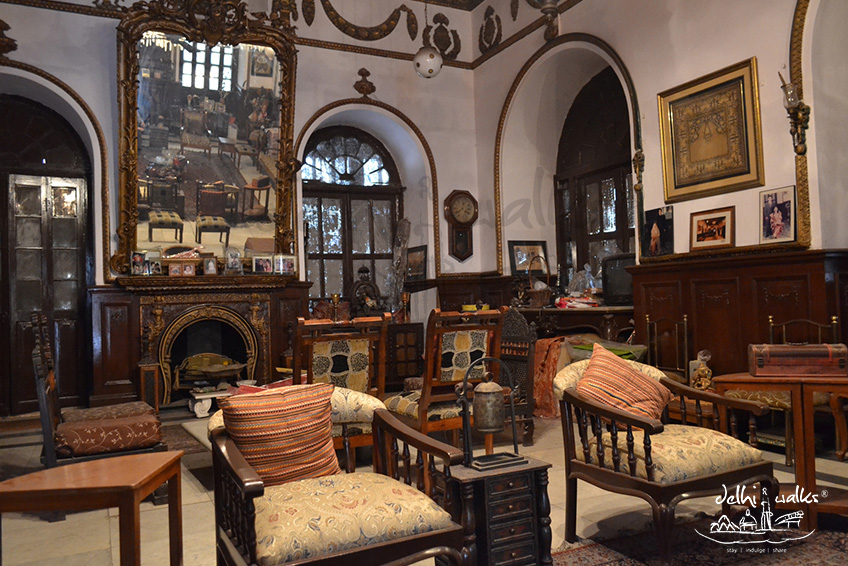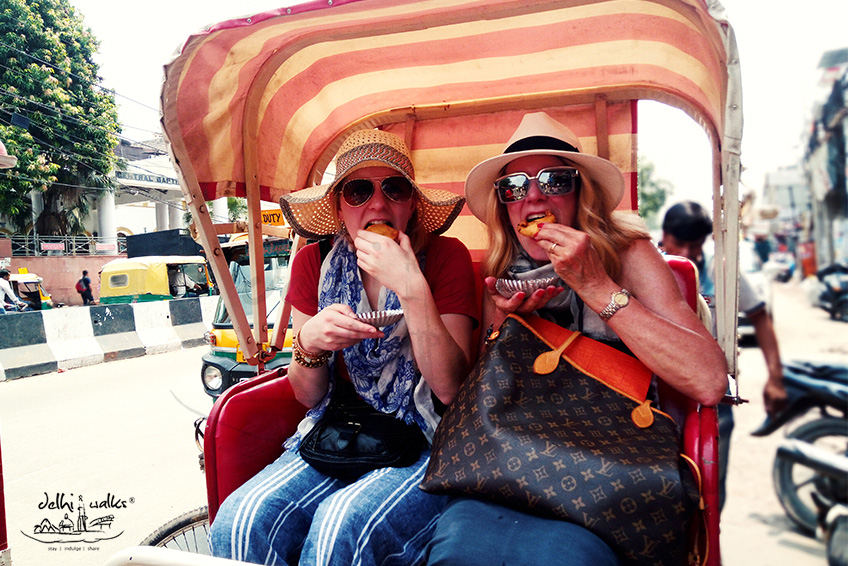Travel back in time with a tour in the Metro: Yellow Line
Have you thought that your thirst for explorations can be quenched by not making a hole in your pocket? The metro yellow line lets you cover at least seven historically relevant places in a span of some hours, without worrying about the chock-a-block traffic or an unpredictable weather. Does that sound impossible to you? India City walks, is here to make this happen!
‘Metro Walks’ is an interesting new way to experience your heritage offering world class comfort and convenience where in a zipped air-conditioned comfort you can listen to stories of your city while you are on transit from one destination to another. No need to worry, just hop into the metro to make the metro ride full of memorable experiences with utmost diverse yet intriguing history and legacy. So before you hop on with us, get a glimpse of what you will be going to see on our carefully curated pit stops. Handpicked by us to block your day for some history of Delhi and an exciting ride around the city!
Starting from the Southern part of the long line, one of the first brick minarets of Delhi, Qutub Minar, is something which you can see even from the metro, while reaching towards Qutub Minar metro station. A short rickshaw ride from the metro station towards the ticket counter of Qutub Minar, would lead us to the 72 metre high brick minaret which is also UNESCO World Heritage site, is the tallest brick minaret. Roughly 700 mts away is another off beat place which is overshadowed by the world heritage site. Spread over 200 mts of lush greenery, it has layers of history trapped in it, which was also the first city of Delhi.
From Qutub Minar, our next stop can be Hauz Khas, where we travel ahead in time, come to the ruler who built the Hauz-i-Illahi tank and the fort city of Siri? Baffled? Don’t be, we are talking about Allauddin Khilji, who was famous for having an eye on a beautiful Rajput princess Rani Padmini, and building the second city of Delhi which was known as Siri. He understood the importance of reservoirs in Delhi, which is why he had built a huge tank called Hauz-i-Illahi, later name by Feroz Tughlaq as Hauz Khas. The tank overlooked an educational centre of the 14th century which was built by Feroz Tughlaq, as well as houses the tomb of Feroz Tughlaq, inside the Huaz Khas complex. Hauz Khas, now, is a go-to place for upbeat café’s, pubs and clubs. This compact village is aperfect blend of history and urban culture.
Right from the 14th century monuments we can travel ahead in time, towards the gardens which houses heritage of the Sayyids and Lodhis unknowingly. Lodhi Garden can be easily accessible from Jor Bagh metro station, by taking a rickshaw ride from the metro station. Packed in greenery and rooted in history, the garden houses grandiose structures, which are possibly the last remains of Lodhis in Delhi. Nearby is Safdarjung’s tomb, which is a stone throw away from the metro station, a last ray of light in the lamp of Mughal architecture, this mid 18th century mausoleum was built by the Nawab of Awadh for his father, Safdarjung.
Hopping back to the metro and travelling further, we come across a station called central secretariat, which will transport you to the last city of Delhi known as Lutyen’s Delhi . The eighth city built by the British, between 1911and 1931. Of all of Lutyen’s Delhi, the main landmarks buildings are Rashtrapati Bhawan, India Gate and the Viceregal Lodge which were the headquarters of imperial authorities of pre-Independent India.
Going further towards the north of Delhi, get down at either Chawri Bazaar or Chandni Chowk to access the heart of Dilli, Old Delhi. The bustling 16th century Mughal Walled city will suck you in its colours, and culture. So come, breathe in the living fabric of Delhi!










